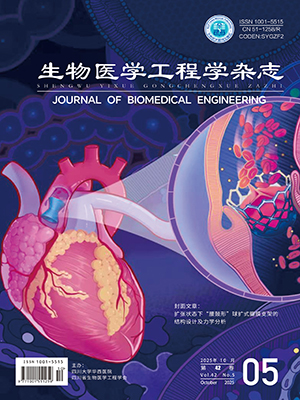Thyroid nodules are a common endocrine disorder, and their early detection and accurate diagnosis are crucial for the prevention of thyroid cancer. However, the highly heterogeneous morphology and boundaries of thyroid nodules pose significant challenges to their precise identification and classification. Traditional diagnostic approaches rely heavily on physicians’ experience, which increases the risk of misdiagnosis and missed diagnoses. With the rapid advancement of computer-aided diagnosis (CAD) technologies, applying deep learning algorithms to the analysis of thyroid nodule ultrasound images has shown great potential. This paper reviews the latest research progress on deep learning-based CAD methods for thyroid nodules, with a focus on their applications in image preprocessing, segmentation and classification. The advantages and limitations of current techniques are analyzed, and potential future directions are discussed. This review aims to highlight the potential of deep learning in thyroid nodule diagnosis and to provide a foundation for selecting feasible pathways for future clinical applications.
Citation: ZHOU Xinyuan, Qiu Min, SHANG Jiangfeng, WEI Guohui. Research progress on deep learning-based computer-aided diagnosis of thyroid nodules using ultrasound imaging. Journal of Biomedical Engineering, 2025, 42(5): 1069-1075. doi: 10.7507/1001-5515.202412047 Copy
Copyright © the editorial department of Journal of Biomedical Engineering of West China Medical Publisher. All rights reserved




